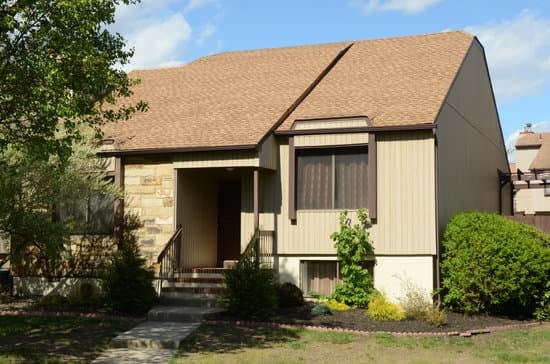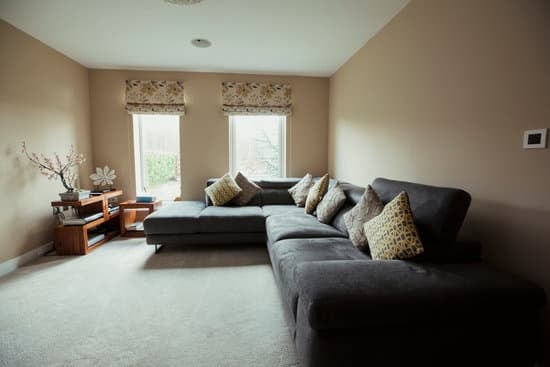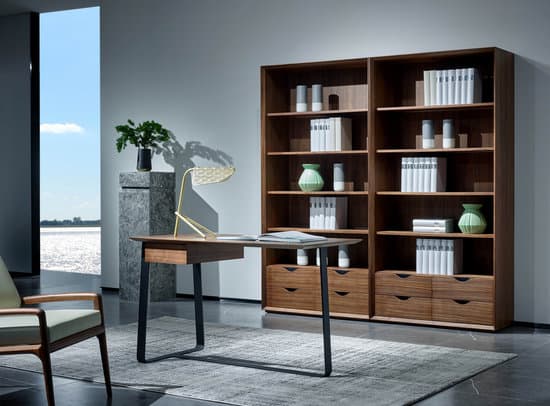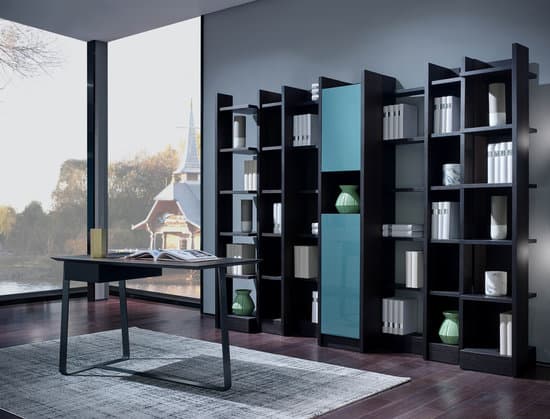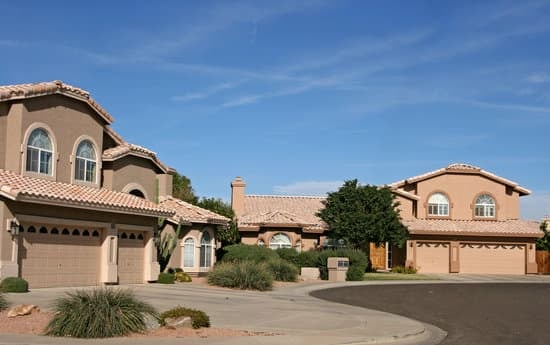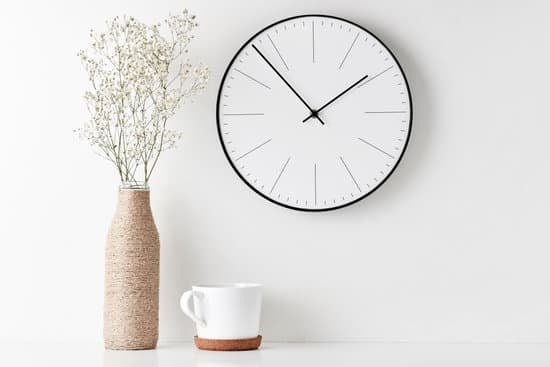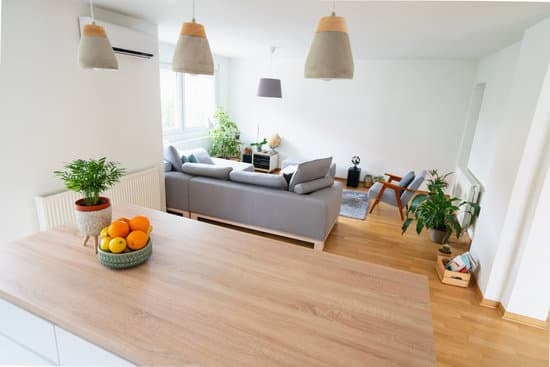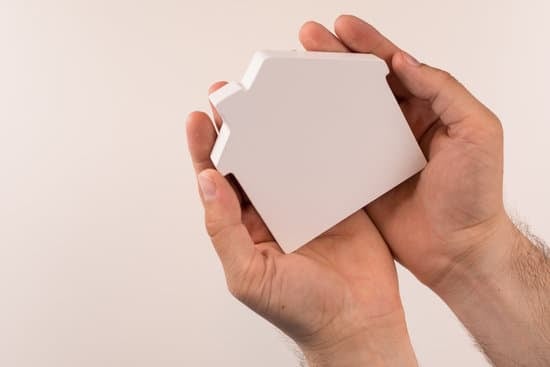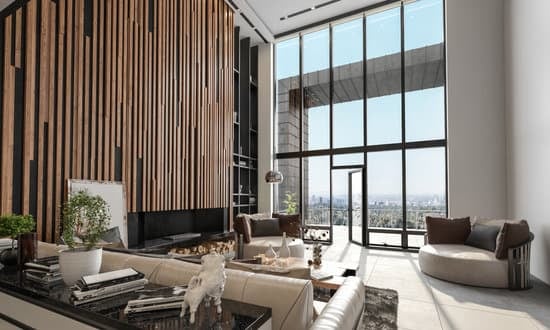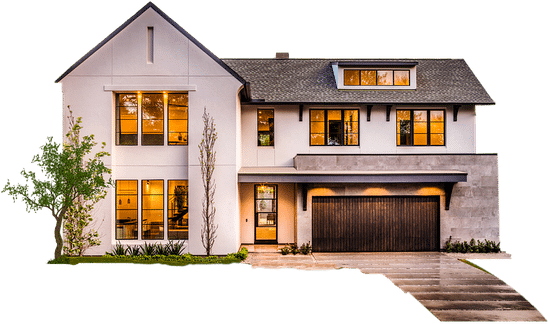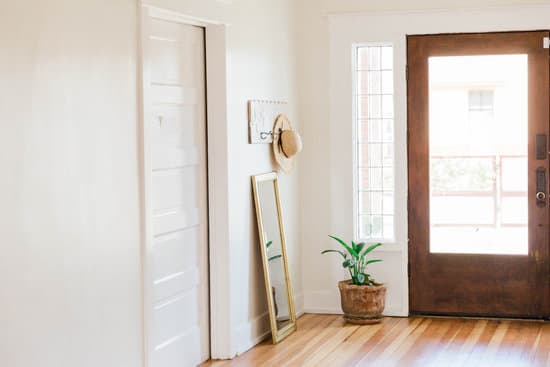The Definition of Extreme Minimalism
Extreme minimalism is not just a trend, but a complete way of living. It involves drastically reducing the number of items you own, paring down your possessions to the bare minimum of what you need to survive and be comfortable. The goal of extreme minimalism is to focus on what is truly important, to remove the clutter from your life, and to free yourself from the endless cycle of consumerism. For many people, extreme minimalism is seen as a radical lifestyle choice that embodies a sense of simplicity and purity. Those who embrace it often see it as a path to enlightenment and personal freedom. Of course, there are those who may argue that owning less than 15 items is impractical or extreme. However, for those who practice it, extreme minimalism offers many benefits that can help them live a better, more fulfilling life.Examining the Difference Between Normal and Extreme Minimalism
To better understand extreme minimalism, we must first examine the difference between normal and extreme minimalism. Normal minimalism involves keeping only the things that are necessary for your daily life and getting rid of anything that is deemed unnecessary or that doesn’t bring you joy. This includes decluttering your home, getting rid of clothes that haven’t been worn in months, and keeping only the essential kitchen items. On the other hand, extreme minimalism is taking the concept of normal minimalism to the next level by significantly reducing the number of items you own. Some extreme minimalists aim to have less than 15 items in total, which often include essential clothing items, bedding, cooking supplies, and basic hygiene products. It is important to note that extreme minimalism is not for everyone. It takes a lot of discipline, and it may not be practical for those with families or those who need more than just basic items to get through their daily lives.The Advantages of Living a Minimalist Lifestyle
There are many advantages to living a minimalist lifestyle, including a sense of freedom, increased clarity of mind, and a more meaningful existence. Here are some of the benefits that extreme minimalism can offer:- Lower Stress Levels – with less stuff to worry about, extreme minimalism can reduce stress levels substantially.
- More Time – when you own fewer things, you spend less time maintaining and organizing them, which frees up more time for you to focus on what is important in your life.
- Financial Freedom – by not buying unnecessary items, you can spend less money on material things and focus on investing your money in things that truly matter.
- Giving Back – when you own less stuff, you can focus on giving back to others and to the environment.
How to Achieve Extreme Minimalism in Your Home
Achieving extreme minimalism in your home may seem like a daunting task, but with careful planning and discipline, it can be done. Here are some tips on how to achieve extreme minimalism in your home:- Declutter Regularly – declutter your space regularly and ruthlessly. Keep only what you need and what you truly love.
- Buy Only What You Need – avoid impulse buying and ask yourself if you really need the item before making a purchase.
- Be Creative with Storage – Use vertical space, multi-functional furniture pieces, and hidden storage options in your home to maximize space and minimize clutter.
- Maintain the Minimalism – Once you have achieved extreme minimalism, be vigilant about maintaining it. Don’t bring more things into your life.





